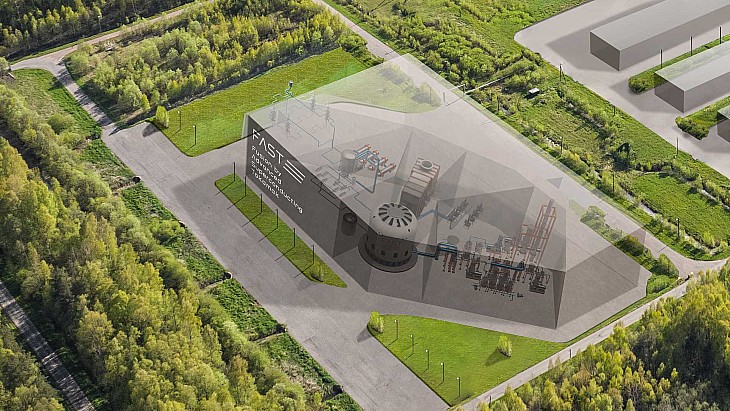In its statement, Moltex Energy noted that Estonia generates the majority of its power from oil shale, but that this fossil fuel capacity will have been mostly retired by 2030. Wind power in the Baltic provides some potential, but the country needs an alternative, reliable power source if it is to remain self-sufficient in energy, it said. Estonia’s neighbours Latvia, Lithuania and Finland are all net importers of electricity and so clean and safe power generation in Estonia would represent an improvement in energy security for the whole region, it added.
Simon Newton, business development director at Moltex, said: "Estonia is a vibrant, entrepreneurial and forward-looking economy and is the perfect place to benefit from the Moltex Stable Salt Reactor technology."
Kalev Kallemets, CEO of Fermi Energia, said: "Our ambition is to deploy the first fourth generation small modular reactor in the EU, here in Estonia, by the early 2030s. We are delighted to be working closely with Moltex Energy on this vital project. It is important for Estonia to have its own source of clean, cheap energy and Moltex’s innovative technology has huge potential for us."
UK-based Moltex Energy announced in July last year that it will build a demonstration SSR-W (Stable Salt Reactor - Wasteburner) at the Point Lepreau nuclear power plant site in Canada under an agreement signed with the New Brunswick Energy Solutions Corporation and NB Power.
Moltex Energy's SSR is a conceptual UK reactor design with no pumps (only small impellers in the secondary salt bath) and relies on convection from static vertical fuel tubes in the core to convey heat to the steam generators. The fuel assemblies are arranged at the centre of a tank half filled with the coolant salt which transfers heat away from the fuel assemblies to the peripheral steam generators, essentially by convection. Core temperature is 500-600°C, at atmospheric pressure.

.jpg)



_82983.jpg)
_34792.jpg)
_16403_79272.jpg)


_76087_55556.jpg)



